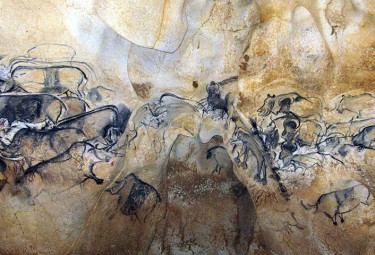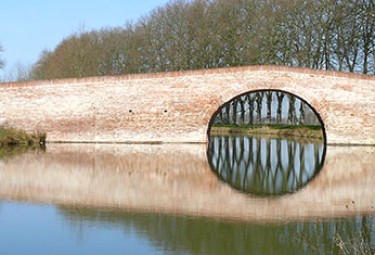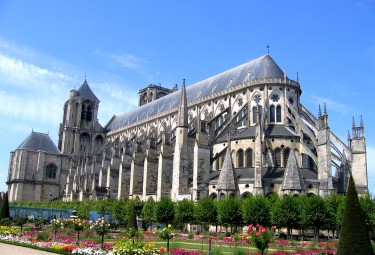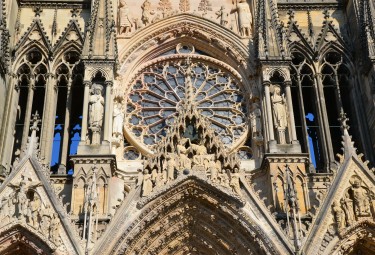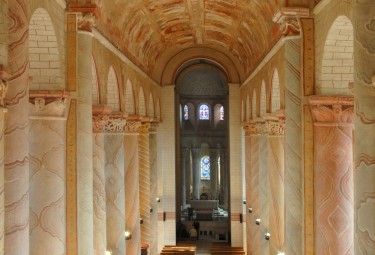Amiens cathedral
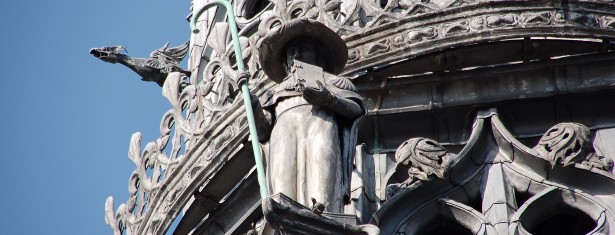
Summary
Notre-Dame d’Amiens, the largest church in France, is one of the most perfect examples of 13th-century Gothic architecture, with its harmonious plan in which the nave and the choir balance each other perfectly on either side of the transept, the beauty of its three-tiered interior elevation, its gravity-defying structure which marks a step towards the mastery of light, and its richly ornamented sculptures and stained glass.
Criteria
Criterion (i): Following the first Gothic cathedrals of the 12th and early 13th centuries, Notre-Dame d’Amiens, constructed between 1220 and 1288 and designed by the architects Robert de Luzarches and Thomas and Renaud de Cormont, provides a striking illustration of the authoritative mastery of balance, light and soaring verticality which are the hallmarks of ogival architecture. The abundant and refined sculptured ornamentation and stained-glass windows complete this magnificent expression of mediaeval European art.
Criterion (ii): Through its innovations and chronological position, Notre-Dame d’Amiens exerted considerable influence on the subsequent development of Gothic architecture. Several of its innovative features herald the emergence of the flamboyant style in architecture and monumental sculpture.
- Année d'inscription : 1981
- Critères d'inscription : i, ii
- Superficie du bien inscrit : 1,37 ha
- Localisation : Department of Somme, Region of Hauts-de-France
- Coordonnées DMS : N49 53 42 E2 18 6
- Registration year : 1981
- Registration criterion : i, ii
- Area of the inscribed : 1,37 ha
- Location : Department of Somme, Region of Hauts-de-France
- Coordinates DMS : N49 53 42 E2 18 6

